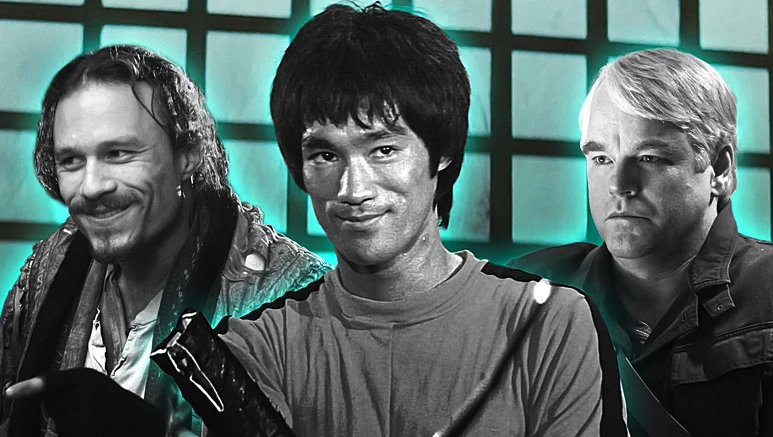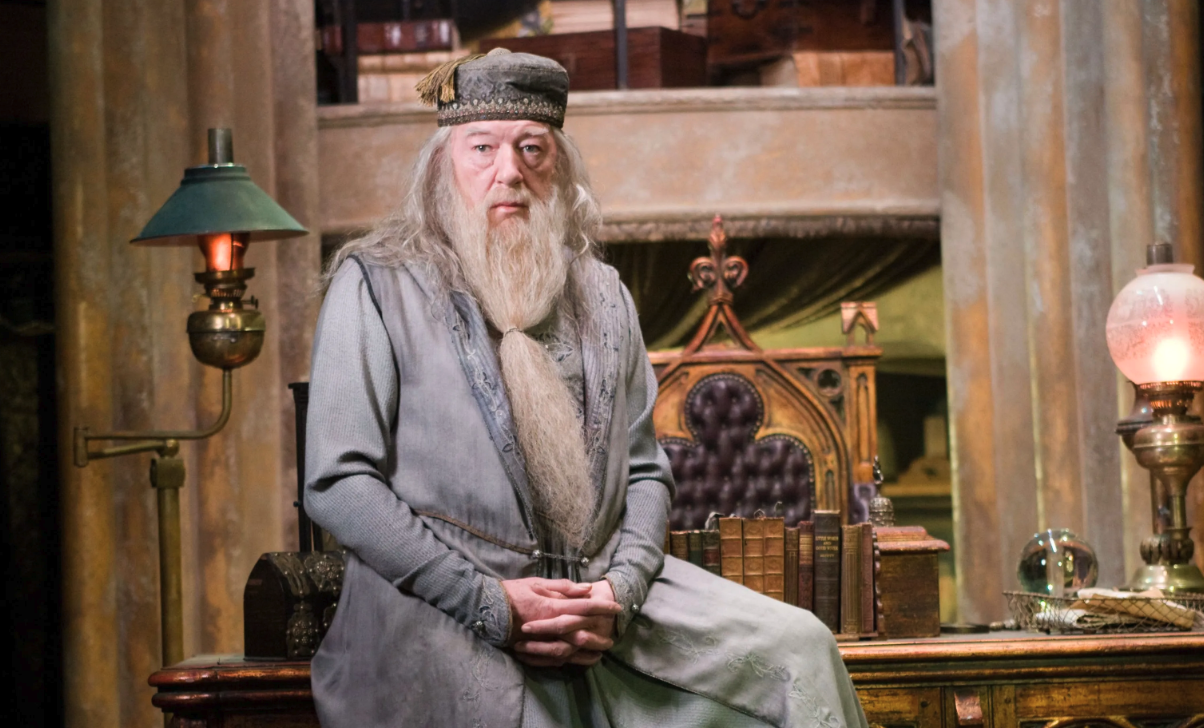These Actors Tragically Died In The Middle Of Filming A Movie
Several actors have tragically died during film production, leaving behind incomplete projects and grieving colleagues. These unexpected deaths often require creative solutions from filmmakers, such as using stand-ins, CGI, or rewriting the script to accommodate the loss. Some notable examples include Brandon Lee during the filming of The Crow, John Candy during Wagons East, and Paul Walker during Furious 7. These incidents serve as poignant reminders of the fragility of life and the dedication these performers had to their craft. Their unfinished work remains a bittersweet part of their legacy.

The world of filmmaking is often a high-wire act, a delicate balance of creativity, logistics, and sometimes, unforeseen circumstances. While the magic of cinema often involves illusion and make-believe, the reality is that film sets are workplaces, and like any workplace, they are not immune to tragedy. There have been instances where actors, in the midst of bringing characters to life, have tragically passed away, leaving behind unfinished roles and a profound sense of loss. These incidents serve as stark reminders of the fragility of life and the unpredictable nature of fate.
One of the most well-known cases is that of Brandon Lee, son of martial arts legend Bruce Lee. While filming "The Crow" in nineteen ninety-three, Lee was involved in a horrific accident on set. A prop gun, which had been improperly prepared, discharged a projectile that struck Lee, resulting in his death. The circumstances surrounding his death were eerily similar to the fictional demise of his character, adding a layer of macabre fascination to the tragedy. Lee's death sent shockwaves through the film industry and led to significant changes in on-set safety protocols, particularly regarding the use of firearms.
Another tragic incident involved Vic Morrow during the filming of "Twilight Zone: The Movie" in nineteen eighty-two. In a scene involving a helicopter and pyrotechnics, a catastrophic accident occurred, resulting in the deaths of Morrow and two child actors. The accident exposed serious safety lapses on set and led to a landmark legal case that further emphasized the need for stringent safety measures in filmmaking. The incident remains a dark chapter in Hollywood history, a grim reminder of the potential dangers inherent in the pursuit of cinematic spectacle.
The death of Paul Walker, star of the "Fast & Furious" franchise, in twenty thirteen, also occurred during a filming break for "Furious Seven". Walker was a passenger in a car that crashed, resulting in his death and the death of the driver. While the accident did not occur on set, it happened during production, leaving the filmmakers with the difficult task of completing the film without one of its main stars. The film was eventually finished using a combination of CGI and body doubles, serving as a poignant farewell to Walker's character and a tribute to his legacy.
These are just a few examples of actors who tragically died during or in close proximity to filming. Other notable cases include Heath Ledger, who passed away during post-production of "The Dark Knight", and Philip Seymour Hoffman, who died during the filming of "The Hunger Games: Mockingjay – Part Two". In each of these instances, the filmmakers were faced with the challenge of how to proceed with the film, often using creative solutions to complete the project while honoring the memory of the deceased actor.
The deaths of actors during filming have a profound impact on everyone involved in the production. The loss of a colleague and friend creates a deep sense of grief and can disrupt the creative process. It also raises complex ethical and practical questions about how to proceed with the film. Should the film be completed? If so, how can it be done respectfully and sensitively? These are difficult questions with no easy answers, and each case is handled differently depending on the specific circumstances.
In the aftermath of these tragedies, the film industry has become more vigilant about safety on set. Stricter regulations and protocols have been implemented to minimize risks and prevent future accidents. While it is impossible to eliminate all risks, these efforts demonstrate a commitment to protecting the well-being of those who work in the film industry. The memory of those who have lost their lives serves as a constant reminder of the importance of safety and the need for vigilance on every film set.

